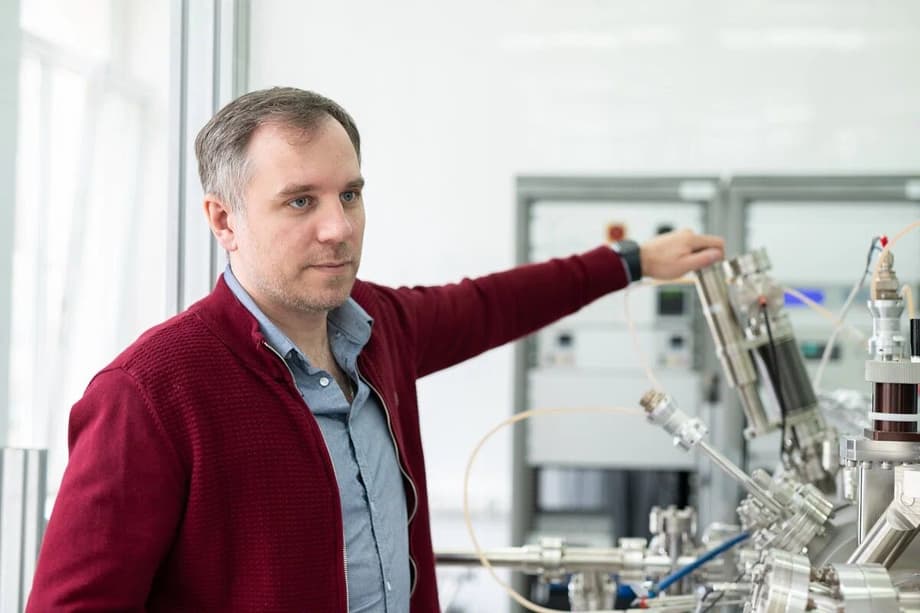Researchers from the Moscow Institute of Physics and Technology (MIPT) together with French colleagues experimentally demonstrated: if impurities are added to certain semiconductors, the electrons of impurity atoms will retain the direction of spin— their own magnetic moment. This may take a long time (few nanoseconds by quantum standards). Due to the long spin coherence time, these atomic systems can be used as qubits in a quantum computer.

In the new work, scientists from the MIPT Center for Advanced Methods of Mesophysics and Nanotechnology replaced part of the tellurium atoms in molybdenum telluride dichalcogenide (2H-MoTe2) with bromine atoms and using electron paramagnetic resonance and tunneling scanning microscopy, studied the structure of impurity atom electrons and estimated the coherence time of the system.
If a single foreign atom, placed in a single crystal, leads to the localization of a spin-polarized state, it can become a qubit. In dichalcogenides of transition metals, strong spin-orbital interaction creates such conditions. The question is how to work with such qubits, because it is the most atomic scale, about 0.3 nm. In our research, we added bromine impurities to the molybdenum telluride semiconductor. This impurity has an energy position within the forbidden zone of material, that is, its electrons are localized. In the work, we showed that we can study the quantum properties of these impurities using electron spin resonance measurement and low-temperature scanning tunneling spectroscopy. We have shown that spin-valley states with nanosecond coherence times of spins exist in these atoms inherited from the material.
Thus, scientists showed the possibility of using real atoms as qubits and theoretically explained the long coherence time by building the electronic structure of the material.
So far, this is relatively pioneering work where it is shown in principle that impurity atoms have hallmarks of long-lived localized electronic states - a qubit-like atom. The message of the work is that we need to continue studying the possibility of using real atoms in a solid matrix to create qubits. We plan to improve the methodology, now my graduate student Valeria Sheina, the first author of the work, is trying to also transfer the impurity atoms to an excited state. For this, we need to introduce a source of high-frequency radiation into the tunneling microscope, right under the needle, which would transfer the qubit from the ground state to an excited one. And this is the next stage. Much of its success depends on the choice of material and impurity.











